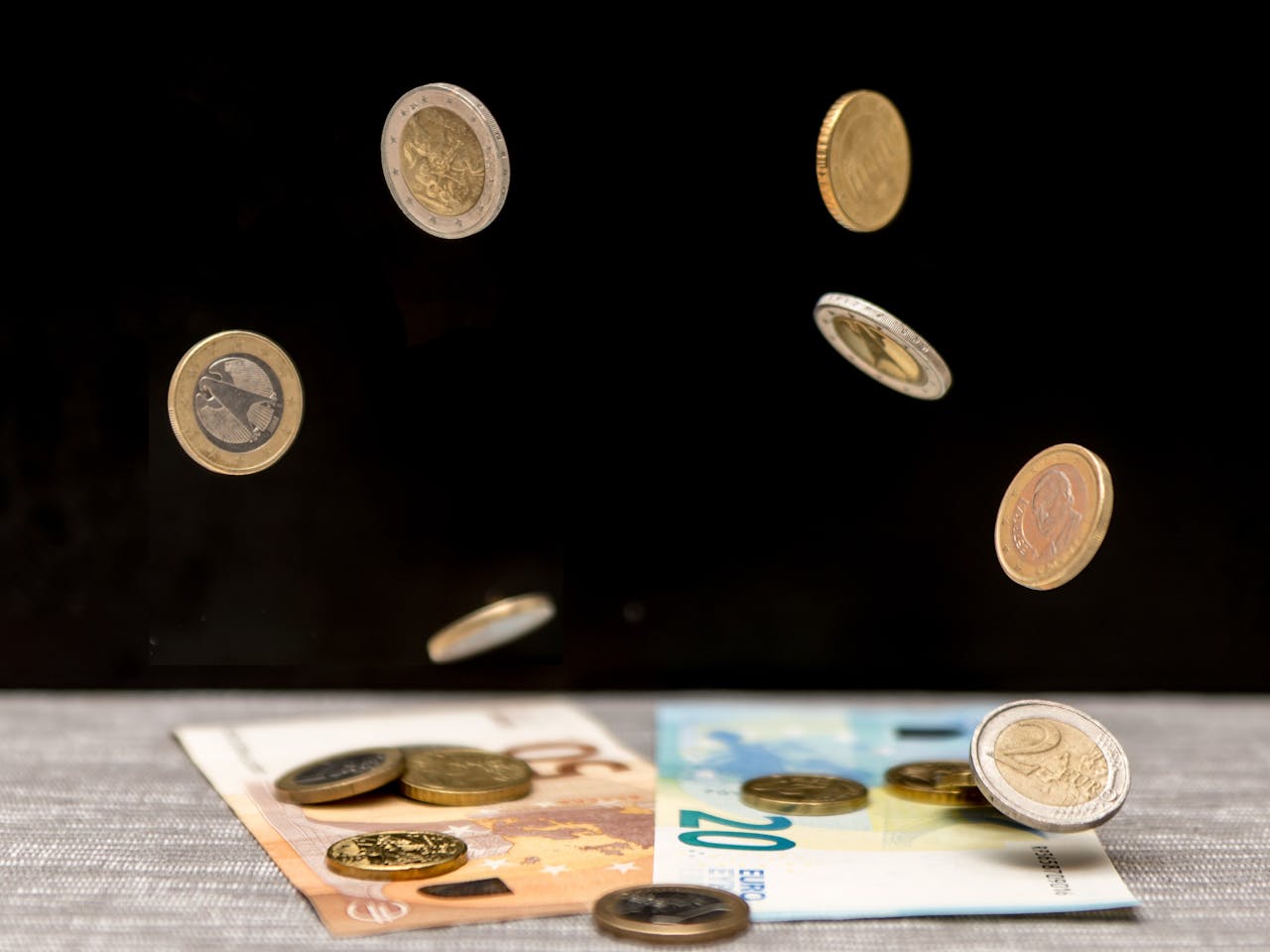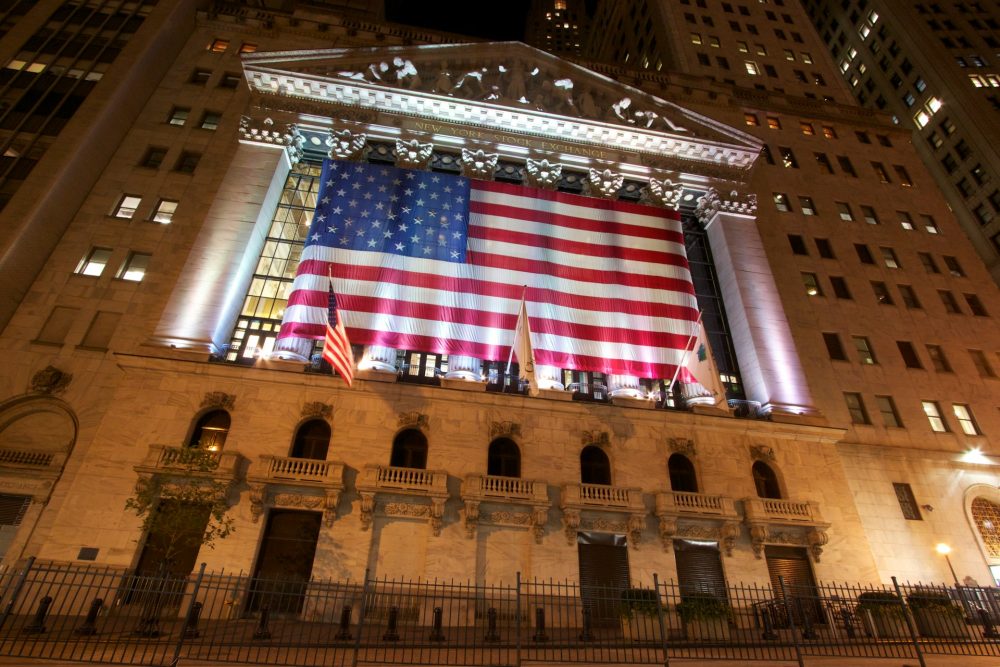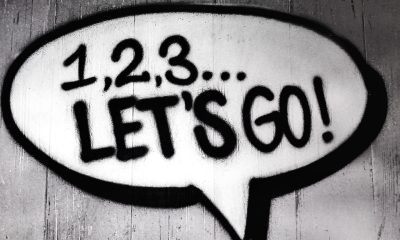Fintech
Nine European Banks Unite to Launch MiCA-Compliant Euro Stablecoin in 2026
Nine major European banks plan to launch a MiCA-compliant euro stablecoin in 2026, aiming to strengthen the euro’s role in crypto. Registered in the Netherlands, the consortium seeks e-money regulation and additional services like wallets and custody. With euro stablecoins under €1B market cap, success against dominant dollar stablecoins remains uncertain.

Stablecoins based on the euro have so far played only a minor role in the crypto industry. Nine major European banks want to change this in 2026 with a new euro stablecoin that complies with the EU’s MiCA regulations.
Since the MiCA (Markets in Crypto-Assets) regulatory package came into force in the EU in summer 2024, the crypto industry has been anticipating a capital-strong stablecoin based on the euro. However, little has happened; the market leader among euro stablecoins, EURC from Circle, has a capitalization of just over €220 million.
Now, nine major European banks plan to launch an effort to establish a MiCA-compatible euro stablecoin in 2026. According to a press release, ING, Banca Sella, KBC, Danske Bank, UniCredit, SEB, and CaixaBank are teh European banks that have joined forces for this purpose. DeKaBank from Germany and Raiffeisen Bank International from Austria are participating.
From Germany, DeKaBank is one of the European banks involved in the Euro Stablecoin
The consortium of European banks has reportedly already registered in the Netherlands and is currently looking for a CEO. The aim is for the euro stablecoin to be regulated as an issuer of e-money by the Dutch central bank. The bank-backed euro stablecoin does not yet have a name. Information on which blockchains the future euro stablecoin will be available on has also not yet been released. According to a press release, a spokesperson for DeKaBank said that an “industry-wide approach” would offer “significant advantages.”
The banking consortium also wants to use its euro stablecoin to offer additional services such as wallets and crypto custody. Stablecoins are evolving from a niche product to the mainstream, they say. Advantages include low-cost international transfers, 24/7 availability, and “programmable payments,” or smart contracts. The alliance of nine major European banks is open to other financial institutions that would like to join the initiative.
Conclusion: Euro Stablecoin – is there really demand?
In the US, stablecoins were legalized by the Genius legislation this summer, and issuers such as Circle (USDC) and Ripple (RLUSD) are now seeking banking licenses.
In the EU, MiCA was intended to strengthen the importance of the euro in the world of cryptocurrencies. However, the results have been modest; all of the euro stablecoins listed on the data service CoinMarketCap have a combined market capitalization of less than one billion.
__
(Featured image by Wolfgang Weiser via Pexels)
DISCLAIMER: This article was written by a third party contributor and does not reflect the opinion of Born2Invest, its management, staff or its associates. Please review our disclaimer for more information.
This article may include forward-looking statements. These forward-looking statements generally are identified by the words “believe,” “project,” “estimate,” “become,” “plan,” “will,” and similar expressions. These forward-looking statements involve known and unknown risks as well as uncertainties, including those discussed in the following cautionary statements and elsewhere in this article and on this site. Although the Company may believe that its expectations are based on reasonable assumptions, the actual results that the Company may achieve may differ materially from any forward-looking statements, which reflect the opinions of the management of the Company only as of the date hereof. Additionally, please make sure to read these important disclosures.
First published in BLCOK-BUILDERS.DE. A third-party contributor translated and adapted the article from the original. In case of discrepancy, the original will prevail.
Although we made reasonable efforts to provide accurate translations, some parts may be incorrect. Born2Invest assumes no responsibility for errors, omissions or ambiguities in the translations provided on this website. Any person or entity relying on translated content does so at their own risk. Born2Invest is not responsible for losses caused by such reliance on the accuracy or reliability of translated information. If you wish to report an error or inaccuracy in the translation, we encourage you to contact us.The market leaders among the dollar stablecoins, Tether (USDT) and USDC, are making considerable profits by organizing their reserves as US government bonds and earning corresponding interest. Whether the major European banks will be successful with their euro stablecoin project remains to be seen.

-

 Business2 weeks ago
Business2 weeks agoMarkets Now Appear Steady, but Cracks Are Forming Beneath
-

 Crowdfunding5 days ago
Crowdfunding5 days agoa2censo Expands Crowdfunding Access for SMEs and New Investors
-

 Impact Investing2 weeks ago
Impact Investing2 weeks agoGlobal Rift Over Fossil Fuels Blocks UN Environmental Agreement
-

 Markets7 days ago
Markets7 days agoMixed Market Trends as Global Coffee Growing Conditions Improve















